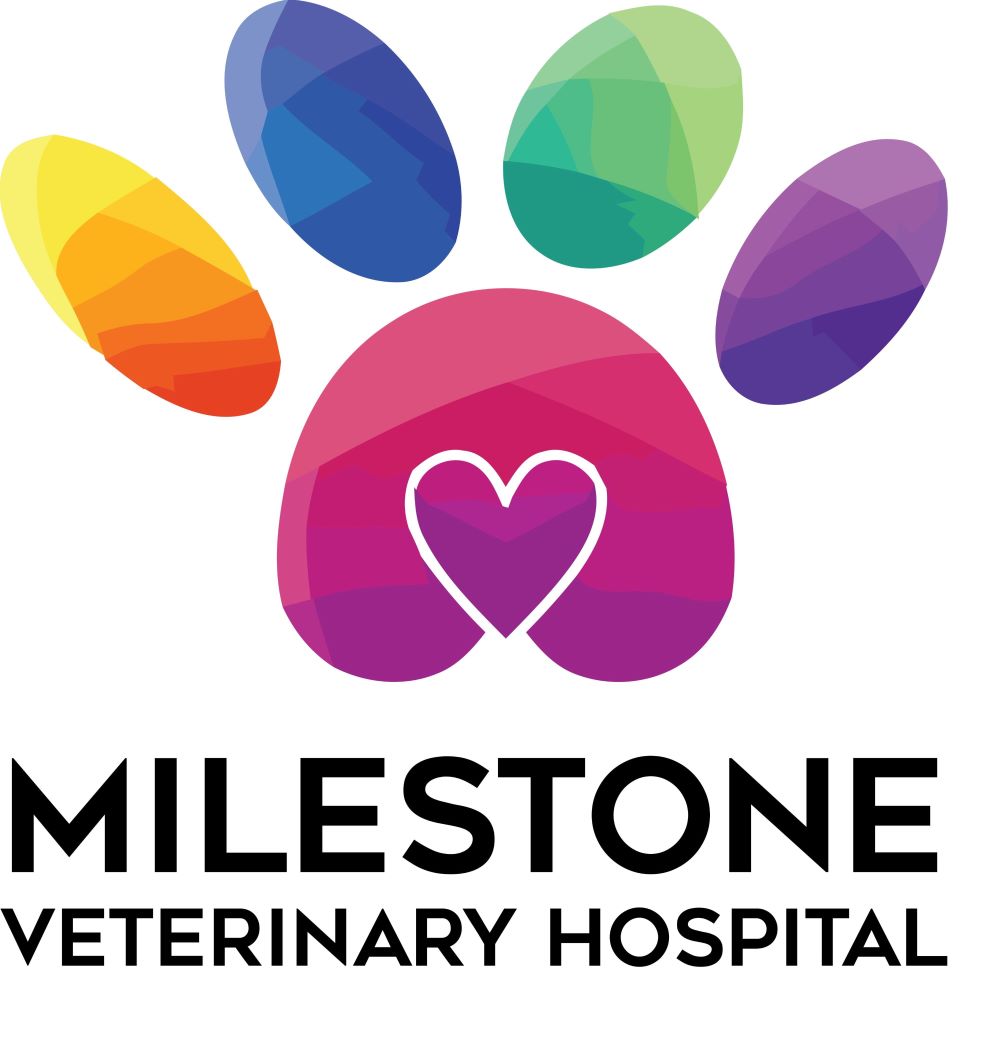Dental Services
As the most frequently diagnosed health problem in dogs and cats, dental disease is a painful and PREVENTABLE reality for far too many pets. The American Veterinary Dental Society statistics tells us that more than 80% of dogs and 70% of cats have dental disease by the age of three!
Just like us, our pet’s teeth can trap food and bacteria, and without intervention, can lead to disease, bone damage, tooth loss, and expensive oral surgery. Dental disease can also spread to other parts of the body, causing damage to your pet’s kidneys, liver, heart, and lungs, and if left untreated, could result in death.
Fortunately, regular exams and maintenance can keep your pet healthy and smiling.
At your annual Wellness Visit, our veterinary team will check your pet’s teeth and gums, looking for signs of tartar, periodontal/gingival disease, and tooth damage. Please let us know immediately if you see warning signs like changes in eating habits, pawing at the face, red or bleeding gums, unusually bad breath, excessive drooling, or depression.
Based on your pet’s exam, we may recommend dental cleaning to address the health of their tooth and gums and to prevent bacterial contamination of the bloodstream and organ damage. Everybody likes pretty, white teeth, but our concern is the overall, long-term health of your best friend!
So, what happens during a dental cleaning?
Unlike most humans, pets don’t stay still for us to fully and safely scale and polish their teeth, including the area below the gum line where periodontal disease develops. Your pet will be under anesthesia, so we will treat this procedure with the same level of care as a surgery. We require a blood panel prior to make sure there aren’t any health conditions that we should know about prior to administering anesthesia.
During the actual procedure, your pet will have their own surgical/dental team, including their veterinarian, a veterinary technician, and a technician assistant. We will:
- take a full set of x-rays to check for tooth damage not visible to the naked eye,
- clean each tooth with an ultrasonic scaler above AND below the gum line,
- polish the teeth to smooth micro-grooves that could attract tarter and bacteria,
- chart loose, damaged, or missing teeth and probe each tooth for periodontal pockets, and
- apply a sealant for protection.
It is rare, but occasionally, we find teeth that are so damaged that they need to be extracted for your pet’s health and comfort.
Once the procedure is complete and your pet is in recovery, we will continue to closely monitor them, and will perform both a visual and TPR (temperature, pulse, respiration) check every 10-20 minutes until they are fully awake.
We encourage our clients to take advantage of our Dental Package while pets are young, as even regular brushing can’t reach under the gum line, and anesthesia becomes more of a challenge for older pets. For seniors with cardiovascular or kidney disease, it may be necessary to break extensive dental treatments into two procedures, as studies have shown that pets with these conditions tolerate two shorter procedures better than a single longer one.
Prevention
As Benjamin Franklin said: “An ounce of prevention is worth a pound of cure.” While we would love for you to brush your pets’ teeth after every meal, we recognize that it isn’t very practical, and offer a variety of home prevention options. Whether you select dental chews, special treats, water additives, or even brushing, we can help you find the right tools to maintain your pet’s dental health!
Dental Health Resources:
- https://www.youtube.com/watch?v=Kf0fwde5_EQ Upper Canine Tooth Extraction
- https://www.youtube.com/watch?v=UNNqwnHexyM Feline Extractions
- https://www.youtube.com/watch?v=rVF5SH2MqCc Extraction of Carnassial tooth




